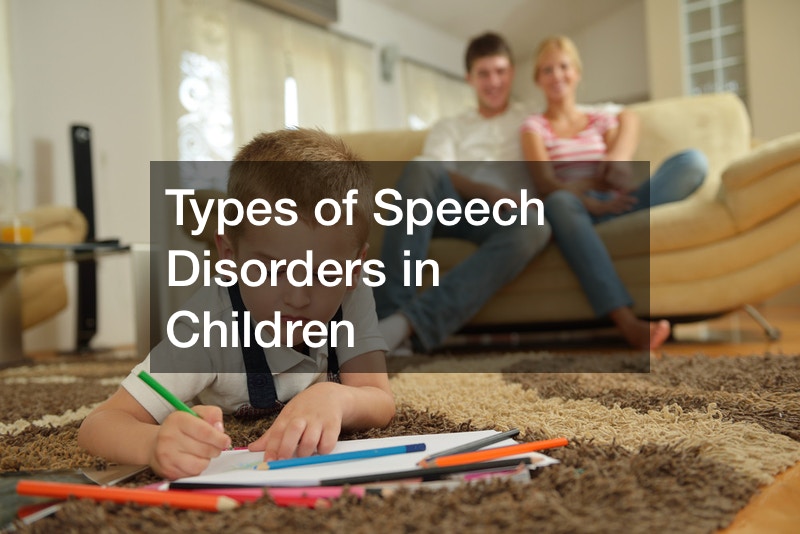
https://health-splash.org/types-of-speech-disorders-in-children/
We suspect that the patient is suspect that they are suffering from a possibility that they are suffering from a. Because the treatment works better in the early stages, This doesn’t necessarily mean it isn’t possible to get treatment when you’re way too late. The treatment is available to people over the age of 18.
If your child has reached four years of age and they are still displaying symptoms of an interdental/dentalised lisp, you must take them to a speech-language pathologist as soon as possible. If your child is showing signs that are not related to a particular type of lisp you should not be waiting until your child is four. You should immediately take the child’s medical records to an SLP in case they exhibit any sign of. The pathologist’s treatment involves pronunciation and annunciation coaching. The SLP is also able to teach the child how to properly make a sound or pronounce specific words. The SLP may also assist the child to go to their home and repeat specific tasks, or utilize sensory games and mirrors. It is important to have an mirror in your bedroom. The strengthening of speech is another kind of therapy. The method is drinking with a straw.
Most children develop their lips from the moment they begin to speak. The good news is that the majority of children usually outgrow an interdental or dentalised lisp with no treatment. Make an appointment with a dentist immediately if your condition is due to issues with your teeth.
Stuttering It is Stammering Stuttering is one of the most prevalent types of speech disorders in children. Stuttering is a condition that is so prevalent that virtually everyone recognizes it , and be able to detect it. Stuttering is something that can affect anyone at some point in their lives. A study conducted by the National Institute for Deafness and Related Communication Disorders found that approximately 3 millions Americans are affected by this condition. Nearly 75% of the children with this condition have the ability to recover and return to normal speech.
cx9jwy4gjf.